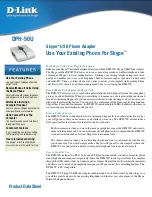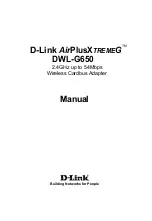
5-12
Cisco Aironet Wireless LAN Client Adapters Installation and Configuration Guide for Windows CE
OL-1375-03
Chapter 5 Configuring the Client Adapter
Overview of Security Features
The ACU Status screen indicates if MIC is supported by the client adapter’s driver and is enabled on the
access point. See
Figure 5-2
ACU Status Screen
Note
If you enable MIC on the access point, your client adapter’s driver must support MIC; otherwise,
the client cannot associate.
Temporal Key Integrity Protocol (TKIP)
This feature, also referred to as WEP key hashing, defends against an attack on WEP in which the
intruder uses the initialization vector (IV) in encrypted packets to calculate the WEP key. TKIP removes
the predictability that an intruder relies on to determine the WEP key by exploiting IVs. It protects both
unicast and broadcast WEP keys.
Note
If you enable TKIP on the access point, your client adapter’s firmware must support TKIP;
otherwise, the client cannot associate.
Broadcast Key Rotation
EAP authentication provides dynamic unicast WEP keys for client devices but uses static broadcast, or
multicast, keys. When you enable broadcast WEP key rotation, the access point provides a dynamic
broadcast WEP key and changes it at the interval you select. When you enable this feature, only wireless
client devices using LEAP, EAP-TLS, or PEAP authentication can associate to the access point. Client
devices using static WEP (with open or shared key authentication) cannot associate.
















































